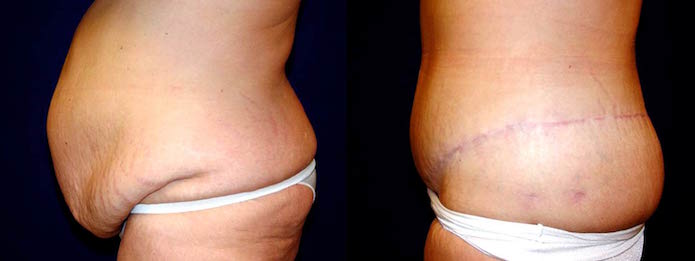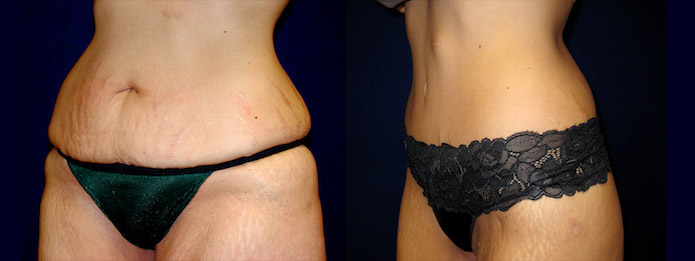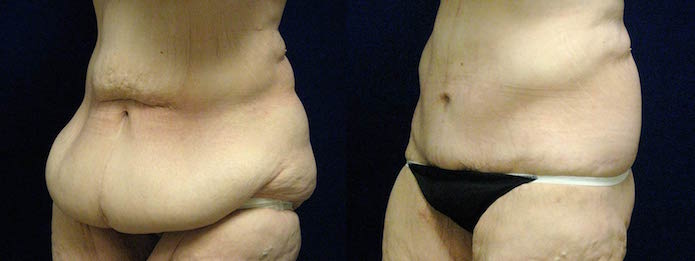There is no question that rates of obesity are on the rise in the United States. According to the Centers for Disease Control & Prevention, more than a third of all American adults may be considered obese. Along with this increase in obesity is an increase in the money brought in by the weight-loss industry, estimated at almost $60 billion just in 2014. Weight loss surgeries, aimed at the morbidly obese (those people with a body mass index greater than 40), account for a portion of these billions of dollars. The American Society for Metabolic & Bariatric Surgery estimates that more than 200,000 such surgeries are performed each year.
However, those who undergo weight loss surgery may find that although the scale may show a decrease in pounds, it doesn't mean that the skin has conformed to the new shape of the body. Weight loss surgery patients may be frustrated to discover that they have excess flabby skin, tissue, and underlying muscle.
Elasticity of Human Skin
In order to understand why weight loss surgery patients may end up with overstretched skin, it is important to first understand its very nature. Human skin is designed to be elastic, meaning that it will conform back to its original shape if it is stretched. Unfortunately, the skin can only stretch so far before it loses elasticity and becomes loose and flabby.
Circumferential Abdominoplasty Procedure
A standard abdominoplasty procedure only focuses on excess skin and tissue in the upper and lower abdominal areas. In comparison, a circumferential abdominoplasty procedure uses an incision that goes around the body at hip level. This allows for removal of excess skin and tissue from the flank and back, in addition to the abdomen. Below are some Before and After images to provide examples of the results that can be achieved.
Before and After Photos

Circumferential Abdominoplasty Case 1: This patient's photos provide a good example of the incision pattern used to perform the procedure. As can be seen, it involves one continuous incision going all the way around the body from one hip to the other, and then across the top of the buttocks in the back.

Circumferential Abdominoplasty Case 2: This case shows the improvements that can be achieved even if there is only a moderate amount of excess skin. Note that in the Before image, there is clearly excess skin bulging above and below the panty line, even though there is still a defined waist area. The After image further emphasizes the waist, while removing excess skin.

Circumferential Abdominoplasty Case 3: At the other end of the spectrum from Case 2, this is an example of the results that can be achieved following loss of approximately 200 pounds. In the Before image, there is an excessive amount of loose skin all around the abdominal and back area. There is no defined waist or hip area. The After picture shows obvious hip and waist areas, along with flatter upper and lower abdominal regions.
Dr. Paul Pin understands that excess loose skin can be disappointing for patients eager to show off the results of their hard work to lose a dramatic amount of weight. In such cases, a circumferential abdominoplasty procedure may be the answer.